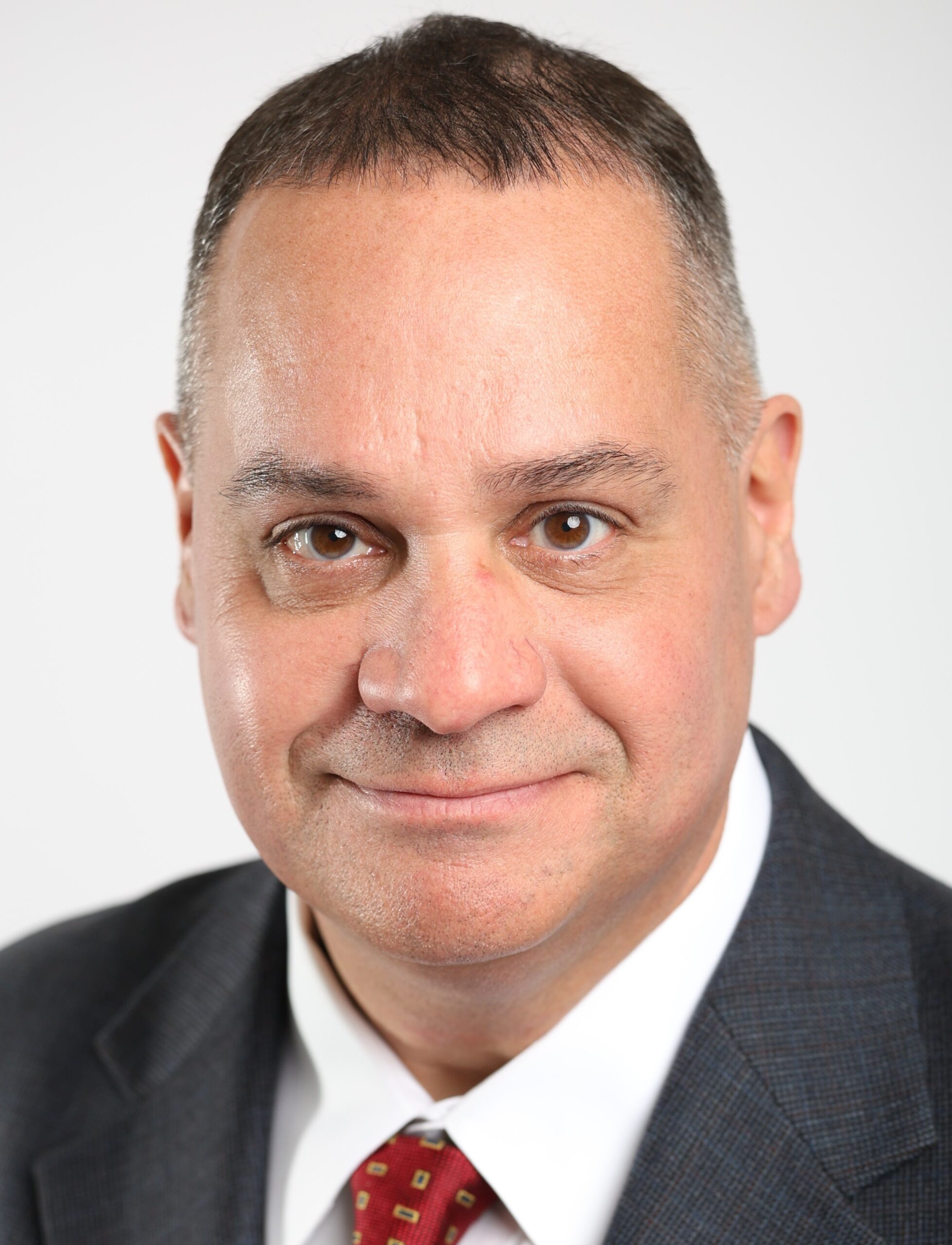Manufacturers are reassessing their supply chain frameworks and capabilities in response to never-before-seen supply chain upheavals and dramatic customer ordering swings.
By the numbers: 45% of finance organizations consider cost optimization to be their top priority, and 37% are enhancing third-party risk management oversight of their suppliers.
Why it matters: Longstanding demand planning, MRP and S&OP capabilities are not sufficient to meet cost and service goals or to support growth numbers. Insufficient supply chain management architectures constantly need manual workarounds, impeding S&OE and driving incremental costs.
The big picture: Supply chain management shortcomings such as outdated technologies, incomplete and/or outdated data, and a lack of sales and operations execution affect large manufacturers with global networks.
Never-before-seen supply chain upheavals and dramatic customer-ordering swings have manufacturers reassessing their fundamental supply chain frameworks and capabilities. When this scrutiny is rigorous and impartial, supply chain leaders discover that longstanding demand planning, materials requirement planning (MRP), and sales and operations planning (S&OP) capabilities are not sufficient to meet cost and service goals, nor capable enough to support growth.
According to a recent global survey of CFOs and finance leaders, 45% of finance organizations consider cost optimization to be their top priority – and effective supply chain management is a key component of cost optimization. Of those organizations that are taking steps toward enhancing their supply chain management, more than one in three organizations (37%) are enhancing third-party risk management oversight of suppliers and are increasing communication with select suppliers across the value chain (41%). Nearly one in three (31%) are diversifying their supply chains to include multiple sources and multiple regions.
We’ve identified three supply chain management shortcomings that pervade across industries – but particularly affect large manufacturers with global networks.
- First, the outdated technologies underlying these capabilities have not yet been enhanced with advanced analytics and artificial intelligence (AI) tools like machine learning (ML) and process automation. These tools help sales, finance and supply chain teams sharpen forecasts, detect previously unseen purchasing patterns, and distinguish between noise versus signals in ever-expanding data sets.
- Second, data within legacy demand-planning and MRP systems, such as supplier lead times and planning parameters, are incomplete and/or outdated.
- Third, relatively few organizations have fully embraced sales and operations execution (S&OE), which involves running, analyzing and adjusting the sales and operations plan via ongoing assessments of actual performance. Without completing this constructive feedback loop, manufacturers face longer odds of responding to unexpected challenges in an agile, resilient and profitable manner.
Advanced analytical and modeling tools combined with a mature S&OE capability – commonly supported by a manufacturing control tower – also drive continuous improvement. Conversely, insufficient supply chain management architectures constantly need manual workarounds. In these organizations, S&OE is impeded by outdated data, a heavy reliance on spreadsheets, unproductive phone calls and the frequent need for last-minute manual interventions – all of which drive incremental costs.
By rooting out those shortcomings, organizations can get started on developing leading practices within four interrelated supply chain management programs:
- Forecasting and demand planning: The use of inflexible legacy systems to support these activities remains surprisingly widespread, despite the emergence of new AI and ML tools that inject far more precision, pattern recognition and modeling into forecasting activities. These tools can be integrated with existing forecasting and demand-planning systems relatively quickly while enabling demand-planning groups – consisting of commercial sales, finance and accounting, and operational teams – to test their assumptions and generate realistic forecasts with the aid of more and better data inputs.
- Flexible MRP: MRP programs have been around for decades, and they’re showing their age in many organizations. Much of the data within MRP engines are outdated, and lead times are routinely inaccurate in many of these systems. Plus, substantial amounts of inventory data reside outside of MRP engines, often in spreadsheets and on clipboards. Updates to MRP systems can pull in all of that off-the-books data so it can be subjected to advanced analyses and become part of the available net-supply accounting process. Supplier data and order data can be analyzed to model accurate projections of future supplier performance, for example. When real-time MRP analyses show signs of negative trends, interventions can get supplier performance back on track before costly delays or other disruptions materialize.
- An integrated planning process: S&OP programs combine demand planning and MRP with financial planning to best optimize the cost versus service trade-off. This unified approach helps operations teams balance demand against supply, close gaps and run scenario-planning analyses. The forecast is periodically evaluated – on a weekly or monthly cycle, for example – and that assessment is pushed to the supply side where it is netted against available materials. Any gaps in available materials can be addressed through next best actions, such as moving inventory from one warehouse to another or changing the production schedule. A truly integrated S&OP capability ensures that production, fulfillment, inventory, finance and other stakeholders all play from the same sheet of music – and respond in concert when discord arises. New scenario planning and modeling tools are crucial enablers of an agile and resilient sales and operations plan. These applications let planning teams assess the cost and service impacts of different inventory scenarios – outputs that spreadsheets, phone calls and clipboards cannot produce with sufficient speed or precision.
- An integrated execution program: The execution of the S&OP master plan produces valuable insights on how the organization is performing against the plan. Performance data is analyzed to identify opportunities to improve sales and operations plans moving forward. Through this process, inaccurate forecasts, insufficient lead times and low fill rates are identified quickly, assessed and corrected. This proactive work produces ongoing improvements. From a people and process perspective, leading S&OE programs tend to assign individual responsibility for determining why lead times, fill rates or forecasts were off their mark and for correcting these missteps, thus enabling continuous improvement. Manufacturing control towers enable transparency up and down the supply chain, allowing companies to respond to disruptions even when they are consumed with getting products out the door.
While it’s impossible for manufacturing leaders to anticipate and avoid all supply chain breakdowns and demand-side surprises, a modern integrated business architecture greatly reduces the frequency and impact of never-before-seen surprises. Getting this four-part capability in place starts with clear-eyed assessments of the efficacy of existing demand planning, MRP, S&OP and S&OE processes.






